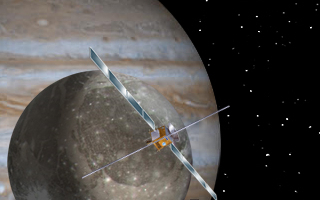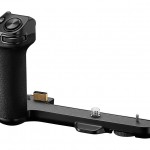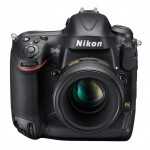Nine US scientists will take part in South Korea's first lunar spacecraft, launched next year.The Korea Pathfinder Lunar Orbiter (KPLO) is scheduled to launch with a SpaceX Falcon 9 rocket in August 2022 from Cape Canaveral, Florida.The spacecraft will orbit the moon for about a year, representing South Korea's first space exploration mission to Travel outside Earth's orbit, according to a NASA statement.NASA announced Tuesday (March 30) that it has selected nine US scientists as part of the program of scientists joining the agency's KPLO.The new member will work with the spacecraft's five scientific instruments,
which will: Perform measurements of the ทดลองเล่นสล็อต lunar surface from orbit to learn more about the moon's environment and resources and to identify potential landings for future missions.The Scientists Program Participating in KPLO is an example of an international collaboration in enhancing the capabilities of two space agencies to achieve more scientific and exploration achievements than individual missions, ”said Sang-Ryool Lee, KPLO project manager. It said in a statement, "It was wonderful That the Korean Aerospace Research Institute (KARI) lunar mission has NASA as a space exploration partner, we are excited to see new knowledge and opportunities emerging from the KPLO mission as well as KARI's joint activities. - NASA in the future
The nine scientists selected by NASA are William Farrand, Caleb Fassett, Ian Garrick-Bethell, Rachel Klima, Mikhail Kreslavsky, Shuai Li, Gorden Videen, Jean-Pierre Williams and Naoyuki Yamashita, allied with the academy and Multiple research The new members will join the KPLO science team later this year and will receive a grant for three years, according to a NASA statement.It is important for participating scientists to be fully immersed in the KARI and NASA teams prior to the launch of the mission," said Shoshana Weider, project lead scientist joining KPLO from NASA's Division of Planetary Sciences. declaration This means that they will have plenty of time to work
with their KARI colleagues during the pre-launch mission planning phase, which will ensure the scientific return of their project and mission by Total will get the most benefit. KPLO is a joint mission between KARI and NASA.Korea will manage the production and operation of the spacecraft, while NASA will support the mission to develop one of the scientific payloads as well as communication and navigation assistance for the spacecraft, according to the agreement. Signed in year 2016 The orbiter's scientific instrument consists of three cameras, a magnetic field meter, and a gamma ray spectrometer.
NASA will supply one of the cameras, called the ShadowCam, that will be used to map the reflections within the permanently shaded regions at Lunar poles to look for evidence of ice or icy deposits on the lunar surface ShadowCam, which uses the NASA Reconnaissance Orbiter's Narrow Angle Camera, captures high-resolution optical images.In addition to examining the physical characteristics of the lunar surface, the KPLO mission aims to expand South Korea's technological capabilities in space exploration and to develop instruments for deep space exploration for future missions. The information gathered from this mission will help support NASA's Artemis project planning, according to the statement.




 LinkBack URL
LinkBack URL About LinkBacks
About LinkBacks

 Reply With Quote
Reply With Quote








